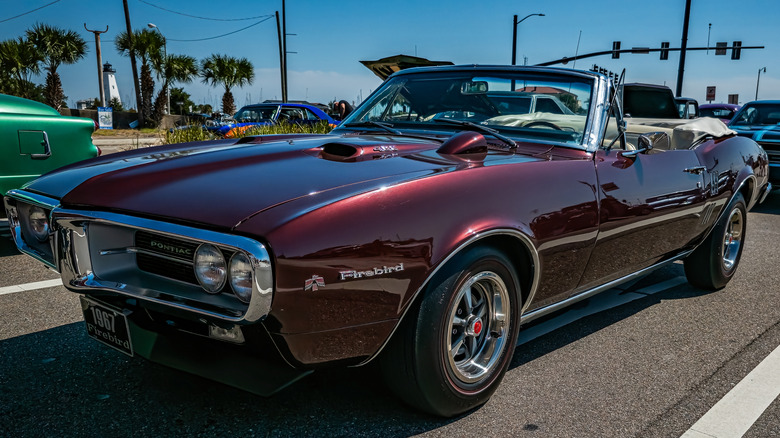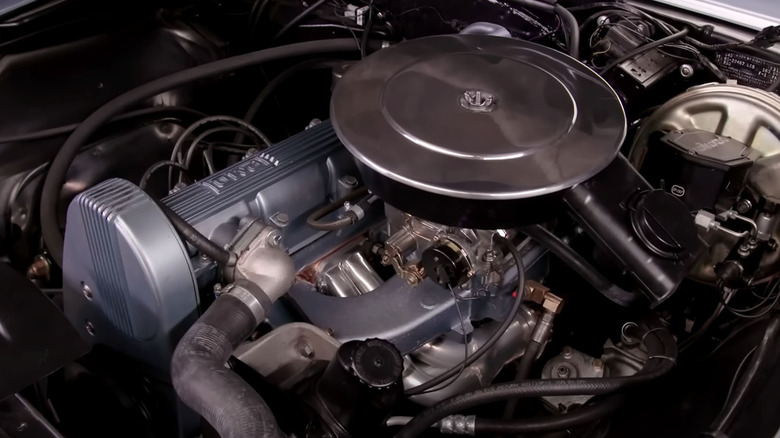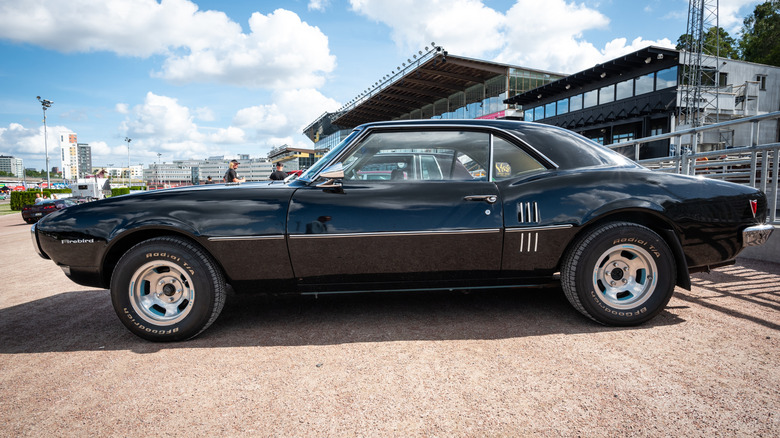1967 Firebird: Which Engine Powered Pontiac's Original Pony Car?
1967 was a big model year for General Motors, and for the history of the pony car. After watching Ford's Mustang become a sales sensation following its 1964 debut, GM was finally ready to answer with a sporty new pony car of its own. It wouldn't just be one new model aimed at the Mustang's market; there would be two. The 1967 Chevrolet Camaro would debut first, followed several months later by the 1967 Pontiac Firebird.
Both the Camaro and Firebird rode on the new General Motors F-body platform and shared their basic dimensions and body profile, but early Firebirds were far from the rebadged corporate twin that the car would become later. The 1967 Firebird, like all other Pontiacs of the time, was powered by a lineup of Pontiac's own engines that set it apart not just from the Camaro, from other pony car competitors like the Mustang, the newly introduced Mercury Cougar, and Plymouth's Barracuda.
From state-of-the-art inline-six engines on the base cars, to a high-displacement V8 borrowed from the mighty Pontiac GTO, under the hood at least, the Firebird was a Pontiac through and through. Let's take a look at the various engine options available on the car that started a 35-year run of Firebird and Trans Am history.
Even the base engine was special
Interestingly, it might not be the optional V8 engines that make the early Firebirds so special, but their entry-level engines. The Mustang came standard with a workhorse of a Ford overhead valve inline-six, and the '67 Camaro followed suit with a version of Chevy's OHV inline-six in its base models. The Firebird also came standard with an inline-six, but it was Pontiac's single overhead cam motor, which in the mid '60s, was an exotic piece of engineering not seen in other mainstream American cars.
Brainchild of the infamous John Z. DeLorean, the Pontiac overhead-cam inline-six debuted for the 1966 model year, with a goal of improving performance and giving six-cylinder Pontiacs a more sophisticated, European-inspired driving feel. For 1967, the Firebird was offered with two different 230-cubic inch OHC engines, a base version that made 165 horsepower, and a high-performance Sprint version with a four-barrel carb that made an impressive 215 horsepower. Though the Pontiac OHC six-cylinders never quite got the following they deserved, especially compared to the brand's V8 engines, they've remained a bit of a cult favorite.
V8 engines later joined the Firebird lineup
Before we get into the '67 Firebird's V8 engine offerings, it's important to point out that unlike Chevrolet, Pontiac never had small block and big block V8 engines. There was just one engine block. Yes, the cubic inch displacement varied a lot, but the Pontiac blocks were all dimensionally the same. The entry-level V8 on the '67 Firebird was a 326-cubic-inch with a two-barrel carb, rated at 250 horsepower.
Next up the chain was the 326 High Output model. It had the same displacement, but with higher compression heads and a four-barrel carb, boosting output to 285 horsepower, and splitting the horsepower difference between the Camaro's 327 and 350 cubic inch small blocks.
Distinguishable by its dual-scooped hood, the Firebird 400 was the top dog of the lineup — and a counterpart to Chevy's big-block powered Camaro SS 396. For 1967, the Firebird 400 was powered by Pontiac GTO's 400 ci V8, but with a tab on the carburetor linkage that dropped the horsepower rating from 350 horsepower in the GTO, to 325 in the Firebird. There was also a very rare, optional Ram Air engine package that opened up the hood scoops and had a hotter cam, but didn't change the official horsepower rating.
The first Firebird always played second fiddle to the Camaro in terms of popularity, but a look under the hood has always shown that the '67 Firebird was a lot more than just a Camaro with a different name.


